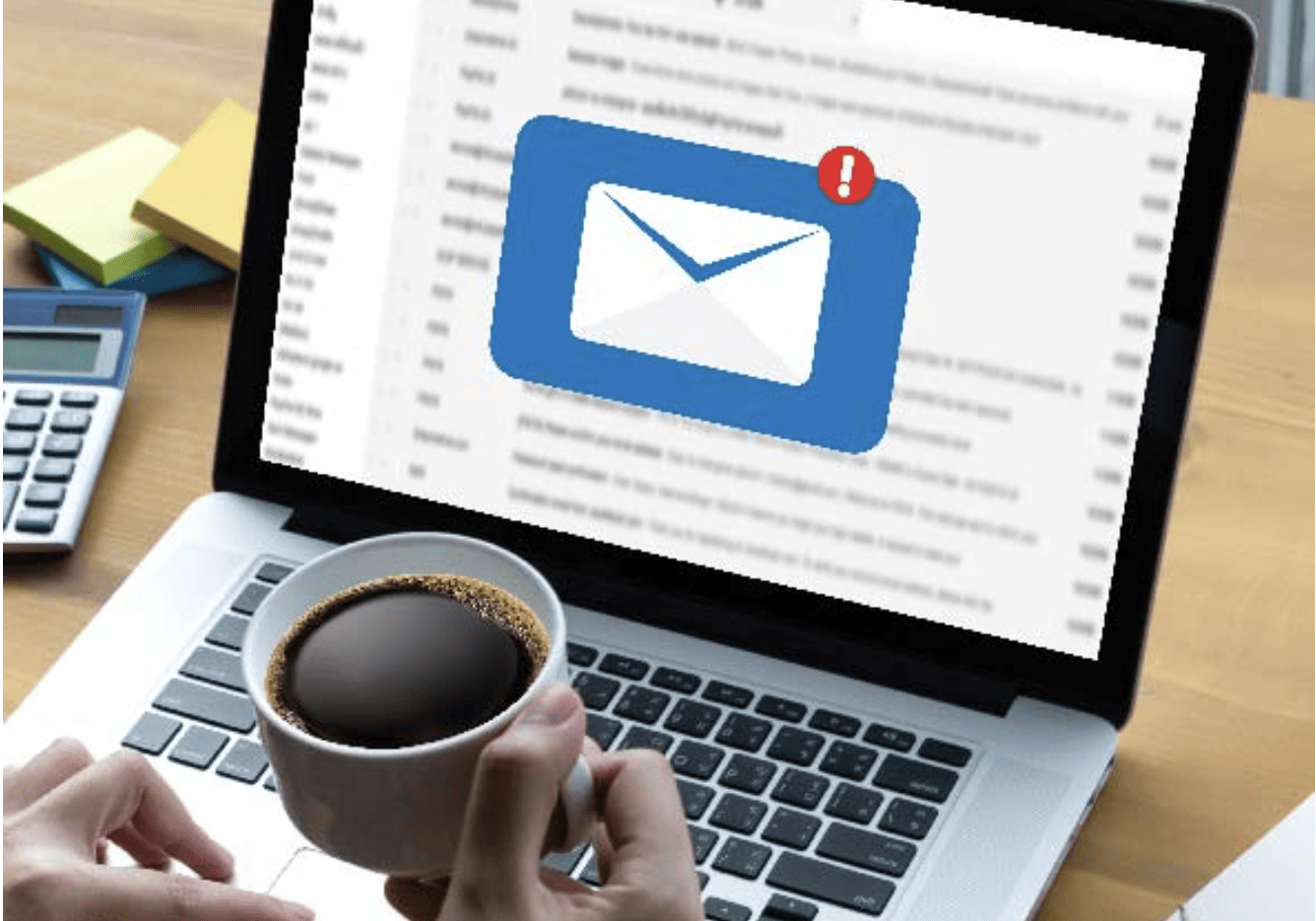What Is Acquisition Email Marketing in 2023?

October 2, 2023

With marketing budgets plummeting, acquisition email campaigns deserve a second look.
Amid a volatile economy and rising media costs, leading customers down the sales funnel is only getting more expensive. Today’s marketers are grappling with how to do it all with less.
According to Gartner’s 2023 CMO Spend and Strategy Survey, 71% of CMOs surveyed said they don’t have the sufficient budget to fully execute their strategy this year. And nearly nine out of 10 reported that they must make significant changes to achieve sustainable results.
As marketers hunt for the best ways to build awareness with plummeting budgets, many aren’t aware of a proven strategy that Fortune 500 companies regularly rely on—acquisition email marketing.
Plenty of marketers are wary of acquisition emails—worried about getting flagged by ISPs such as Google or Yahoo or that the strategy will reach the wrong people. But, when done right, acquisition email marketing is an effective way to reach future customers with interest in your brand where they’re at—scrolling through their inbox as they watch TV or sit at stoplights.
Email, after all, remains a trusted channel for consumers. And, especially now with brand spend budgets stretched thin, acquisition email marketing deserves a second chance.
What is acquisition email marketing?
Most marketers are familiar with first-party email marketing, which focuses on retaining current customers who have signed up for a brand’s newsletter or agreed to get emails after making a purchase. They’ve specifically invited you to email them, and you can nurture more sales through the content and calls to action that you send them.
Acquisition email marketing, also called third-party or prospecting, is focused on identifying and acquiring new customers, not existing ones, through emails. And the emails used for acquisition email campaigns are obtained in a different way.
These come from partner publisher websites who collect email and personal data directly from the consumer in exchange for rewards from surveys, sweepstakes or online purchases. Each survey respondent or online customer has opted-in to receiving marketing messages from other brands, such as yours.
Acquisition Email Marketing Best Practices
In nearly every way, acquisition email marketing is no different than any other marketing campaign. Following best practices, including launching targeted campaigns that rely on data insights, is critical. Here’s how.
Stay compliant
Don’t buy a generic email list and launch a marketing campaign without conducting any due diligence. That strategy could quickly prompt an ISP to flag you for prospecting or lead you to send emails to spam traps and decayed, or inactive, emails. Marketers often work with data providers to scrub the lists and ensure they are compliant with CCPA, CAN-SPAM and other industry-related and U.S. regulations.
Target and personalize your campaign
With acquisition email marketing, you should never blindly spray emails to everybody on the list. Acquisition email targets should have some familiarity with your products or services, based on what they’ve purchased, where they live and other identifiers.
With the right data analysis, acquisition email lists provide enough information to pinpoint individuals who are similar to your current customers and are likely interested in what you’re offering. With available data, you can design targeted email campaigns, sending personalized emails with individuals’ names and adjusting your messaging to match their preferences.
Make it multi-channel
The most successful marketing campaigns these days are omnichannel, marrying other tried-and-true marketing strategies together. Any acquisition email marketing campaign should be paired with other efforts.
A CTV ad, for example, can warm them up to your brand before you send them an email about your offerings with a hard call-to-action (CTA). And, unlike that social media or CTV ad, your potential customer can return to the email again and again — and discover new ones in their inbox — that will keep them engaged.
Test and evaluate
Define your KPIs. Split test CTAs and subject lines. And measure every data point you can — from open rates to when customers become engaged or disengaged. Just like with any marketing strategy, those insights should drive how you shape and reshape your acquisition marketing campaign to turn potential customers into new ones.
Marketers’ worries about acquisition email campaigns are understandable. Any snub from an ISP is worrisome. But once you’ve taken the right steps to safeguard yourself and stay in compliance with every applicable rule and regulation, you’ll be able to deploy a lower-cost marketing tactic that will connect your business with warm leads you’d never uncover in your existing customer database or CRM.
Bottom line, when brands leverage acquisition email in the right ways, they’ll extend their reach, improve lead generation and awareness efforts, and drive conversions with this proven, hard-hitting CTA-focused channel.


